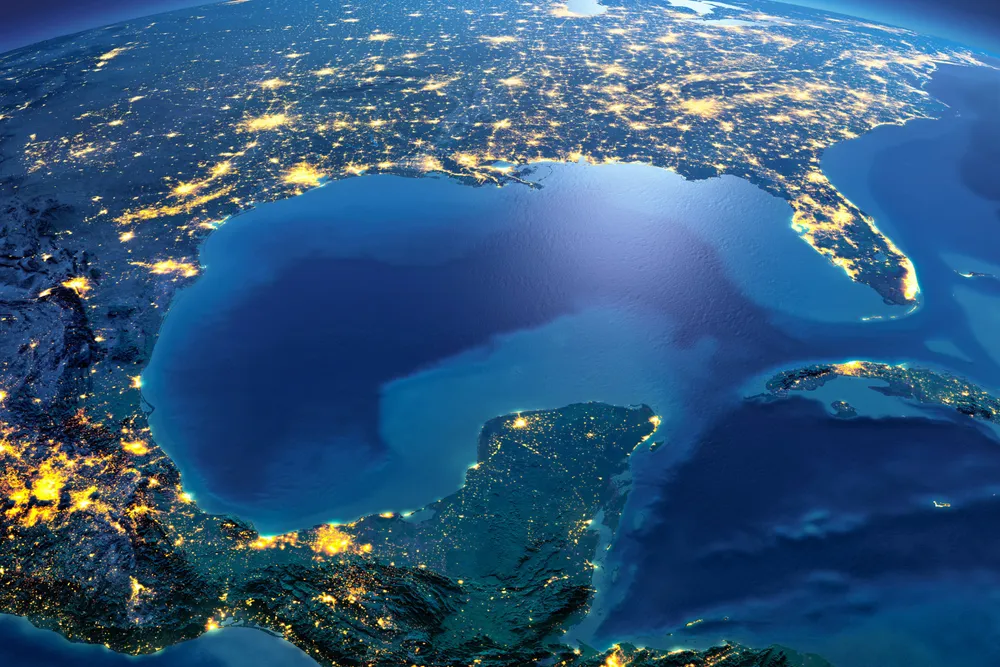It's got the supply chain, but who wants to buy the Gulf of Mexico's offshore wind power?
ANALYSIS | Industry on nation's third major coastline enjoys strong supply chain support but will need to overcome route-to-market and technology hurdles to advance

Louisiana’s vast energy supply chain and thousands of experienced workers position it well for offshore wind, a consortium led by consultancy Xodus with Pew Charitable Trusts and development agency Greater New Orleans Inc (GNO), said in a recent report.
Some 60% of US at-sea oil and gas production goes through the state, and its suppliers already dominate burgeoning offshore wind installations in the Northeast.
GoM offshore wind development will need more than a willing supply chain, though, with state demand shaky even in Louisiana with the retirement of its main champion, former governor John Bel Edwards, a Democrat.
His replacement Jeff Landry, though, is a conservative Republican oil & gas lobbyist who has expressed skepticism of renewables as “unreliable sources of energy”, according to local media.
Unclear route-to-market
Route-to-market challenges were key factors in last year's lackluster federal offshore wind lease auction which attracted only two bidders – South Korean conglomerate Hanwha Q Cells, and German energy giant RWE.
Two leases closer to Galveston, Texas didn’t gain a single bid.
Lower interest likely stemmed from slower wind speeds, “increased hurricane risk, lack of a clear power offtake mechanism, and the uncertainty surrounding the economic headwinds offshore wind is facing,” National Renewable Energy Laboratory (NREL) said in a recently released paper exploring regional market opportunities.
The WEAs hold about 5GW of capacity, based on BOEM's conservative estimate of 3MW per square kilometre, and are also closer to Louisiana than Texas, reflecting the Pelican State’s greater interest.
Industrial demand
Despite the ambivalence in regional state governments, offshore wind proponents see strong private demand from a dirty industrial sector in need of gigascale clean energy.
Rather than have a centralised government entity organise procurement, Louisiana may kickstart direct private sector procurement through some variation of corporate power purchase agreements (CPPA).
“Demand for offshore wind will be market-driven – offshore wind can provide Louisiana’s existing and new high-load C&I [commercial and industrial sectors] with the reliable, domestic power it needs for decades to come,” said Amanda Lefton, vice president of development, US East, at RWE.
The state’s large industrial sector of oil refineries, chemical plants and fertiliser-makers consumes around 30% of total US hydrogen supply and generates 60% of Louisiana’s emissions and is seen as a prime candidate for decarbonisation.
“Whether you're talking about green hydrogen, or more of an industrial PPA offtake, it's quite different than what you're seeing with offshore wind in the East Coast,” said Poole.
Technical hurdles
Gulf development is also challenged by slower wind speeds than other regions tapped for development, just over 7 metres per second (m/s), barely commercially viable by NREL standards, combined with powerful hurricanes that force more robust – and costlier – infrastructure.
Longer blades that can sweep a larger area and generate more power in low wind conditions create added risk during hurricanes, a circumstance that “does not have a simple engineering solution,” NREL said.
Hurricanes pose threats not only the turbines but to project financing, with NREL noting that while insurance costs alone shouldn’t overly impact levelised cost of energy (LCOE), “the cost to upgrade a project to make it insurable could be more significant”.
Gulf offshore wind is still feasible, NREL added, despite higher costs, and Louisiana-based research institutes, universities, and suppliers are hard at work on solutions.
The Gulf Louisiana Offshore Wind Collaborative technology centre, a joint effort of Louisiana State University and private firms, for one, was designated by the Department of Commerce as a technology hub to develop next generation wind turbines.
Still, sector watchers anticipate slower progress in the GoM compared to the sector's heartland in the Northeast.
This doesn't deter Louisiana's supply chain, though.